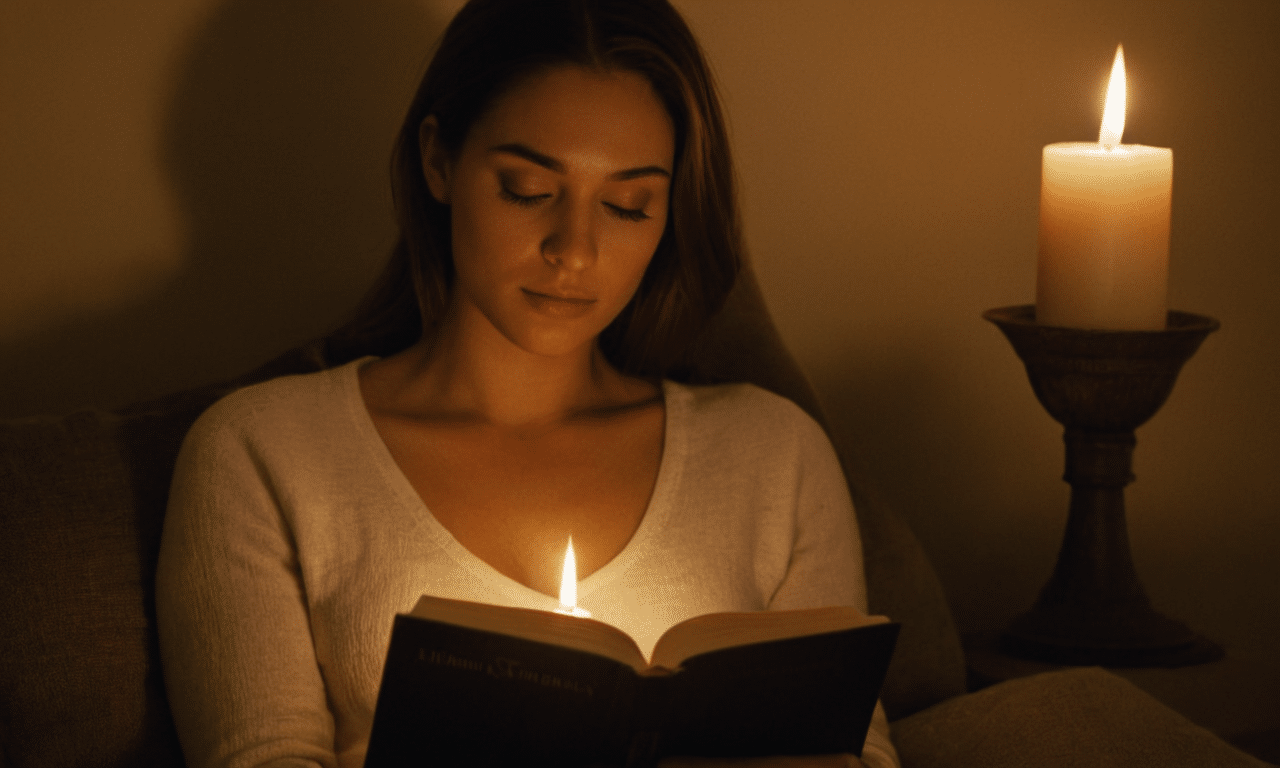Belleruth Naparstek guided imagery has garnered attention for its unique blend of visualization techniques and therapeutic principles. What sets it apart from other relaxation methods, and how can it benefit one’s overall well-being?
What is Belleruth Naparstek guided imagery?
Belleruth Naparstek’s guided imagery combines visualization techniques with physical and emotional release to promote relaxation, stress relief, and self-discovery. This method helps individuals access their subconscious mind, process emotions, and cultivate a deeper sense of inner peace and well-being.
Benefits of Belleruth Naparstek Guided Imagery
- Mindful relaxation for stress relief.
- Reduces chronic pain and muscle tension.
- Boosts immune function and overall well-being.
- Improves sleep quality and daytime functioning.
- Enhances emotional resilience and mental clarity.
- Fosters sense of calmness and inner peace.
- Increases self-awareness and personal growth potential.

What is Guided Imagery?
Guided imagery is a technique that involves focusing your mind on positive images to help bring about a state of relaxation. It’s like giving your brain a mini-vacation without needing sunscreen or luggage. This method allows individuals to use mental images generated by imagination to influence how they feel. Through simple visualization, guided imagery can reduce stress and improve overall well-being.
Its roots go deep into the fields of psychology, self-help, and even ancient healing practices. This method has been used for centuries as a way to tap into the subconscious mind, providing a sense of calm and peace. From ancient shamans to modern-day therapists, guided imagery has stood the test of time and evolved into a widely practiced therapeutic technique.
In essence, guided imagery combines the power of the mind with therapeutic techniques to create a state of mental tranquility. With practitioners like Belleruth Naparstek leading the charge, this practice has become accessible and popular. Whether you’re dealing with stress, anxiety, or just need a break from everyday pressures, guided imagery offers a viable and effective solution. For more about the technique, check out this guided imagery guide.
The Benefits of Belleruth Naparstek Guided Imagery
Belleruth Naparstek’s guided imagery provides a range of physical benefits. From reducing chronic pain to improving sleep quality, this technique can help you feel better physically. You might even forget how to spell ‘stress’! By engaging with these guided sessions, your body can experience a reduction in muscle tension and improved immune function.
On the emotional front, Belleruth Naparstek guided imagery is a powerful tool for managing emotions. It helps in reducing feelings of anxiety, depression, and PTSD symptoms. Imagine transforming your inner storm into a peaceful sea – that’s what this practice aims to achieve. It’s like having a mental umbrella for emotional downpours.
The mental benefits are equally significant. Enhanced focus, improved clarity, and increased mental resilience are just a few perks. Belleruth Naparstek guided imagery can be a great resource for students, professionals, and anyone looking to fine-tune their mental faculties. If you’re feeling off-balance, this could be the nudge your mind needs to get back on track.
How to Practice Belleruth Naparstek Guided Imagery
Beginners, you’re in luck! Getting started with Belleruth Naparstek guided imagery is straightforward. First, find a quiet space where you won’t be interrupted – yes, even your noisy neighbor can’t ruin this zen moment. Make sure you’re comfortable, either sitting or lying down. Close your eyes and listen to a guided imagery audio session.
Follow the steps outlined in the audio, which will typically involve breathing exercises, creating mental images, and positive affirmations. Visualize the scenes described in a vivid and detailed manner. The more you “see” the images in your mind, the more effective the session will be. If your mind wanders to your grocery list, gently steer it back to the imagery.
There are various resources available for practicing Belleruth Naparstek guided imagery, including her well-known audio recordings. You can find specific sessions tailored for issues like anxiety or stress. Want to dive deeper? Head over to this relaxation techniques guide for additional tips and tools.
Integrating Guided Imagery into Daily Life
Integrating Belleruth Naparstek guided imagery into your daily life doesn’t have to be a daunting task. Start small by incorporating a short session into your morning routine. Think of it as a mental cup of coffee that sets a positive tone for the day. Over time, these short sessions can become as automatic as brushing your teeth.
Challenges will arise, like finding the time or remembering to practice. To overcome these, set reminders on your phone or pair the practice with another daily habit, like right after your shower or before bedtime. Consistency is key and will transform this practice from a chore into a routine you look forward to.
Once it becomes a habit, you’ll find that guided imagery can fit seamlessly into various parts of your day. Whether it’s during a lunch break, your commute (just not while driving!), or before bed, these sessions can help you stay balanced and centered no matter what life throws your way. So, why not give it a try and see how it fits into your life?
| Feature | Description | Importance |
|---|---|---|
| Benefits of Guided Imagery | Reduces stress, anxiety, and depression; improves sleep quality. | High |
| Mental Benefits | Enhances focus, clarity, and mental resilience. | Medium |
| Physical Benefits | Reduces chronic pain, muscle tension, and improves immune function. | High |
| Emotional Benefits | Manages emotions, reduces anxiety and depression symptoms. | Medium |
| Practicing Guided Imagery | Simplistic visualization technique that can be done anywhere. | Low |

Personal Thoughts
I’ve come to realize that stress management is an ongoing process, much like learning to play a musical instrument. You must continually practice and refine your skills to achieve mastery. For me, using Belleruth Naparstek’s guided imagery has been a valuable tool in my daily routine, helping me stay centered amidst life’s chaos.
By incorporating these techniques into my stress management arsenal, I’ve noticed subtle yet significant improvements in my overall well-being. It’s as if I’m finally learning to tune out the distractions and focus on what truly matters – a sense of calm that allows me to navigate life’s challenges with greater ease.
Frequently Asked Questions
What is Belleruth Naparstek guided imagery?
Belleruth Naparstek guided imagery is a form of meditation that combines visualization techniques with the principles of energy healing. Developed by Belleruth Naparstek, this method involves guiding oneself or others through a series of mental images to release emotional and physical blockages. By using the imagination, individuals can access their subconscious mind and promote deep relaxation and self-healing.
How does Belleruth Naparstek guided imagery work?
Belleruth Naparstek guided imagery works by accessing the subconscious mind through visualization techniques. By creating a mental image of an event or situation, individuals can relive the emotions associated with it and release any underlying blockages. This process is believed to promote emotional healing, reduce stress and anxiety, and improve overall well-being.
What are the benefits of Belleruth Naparstek guided imagery?
The benefits of Belleruth Naparstek guided imagery include reduced stress and anxiety, improved mood and emotional well-being, increased self-awareness, and enhanced creativity. This technique can also help individuals overcome trauma, manage chronic pain, and improve sleep quality. Additionally, it may promote a sense of calm and inner peace.
Can I find certified practitioners or online resources for Belleruth Naparstek guided imagery?
Yes, there are several certified practitioners and online resources available that offer Belleruth Naparstek guided imagery sessions. These resources may include workshops, webinars, and online courses taught by experienced instructors. It is essential to research and find a reputable source to ensure the quality of the guidance and support provided.




